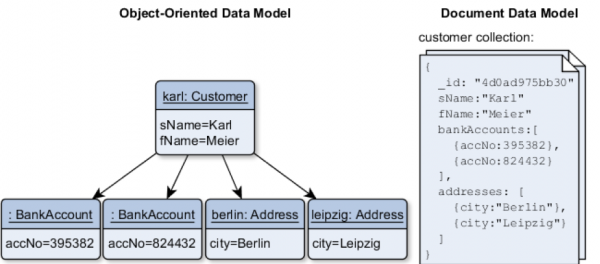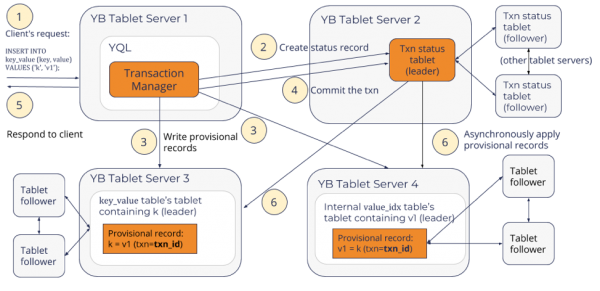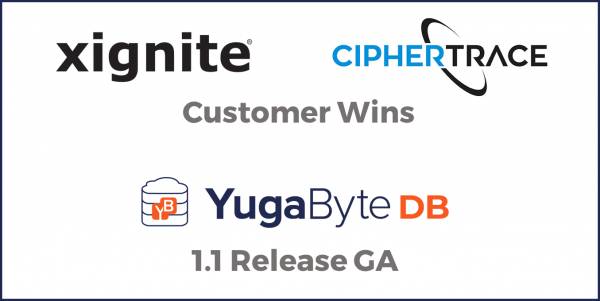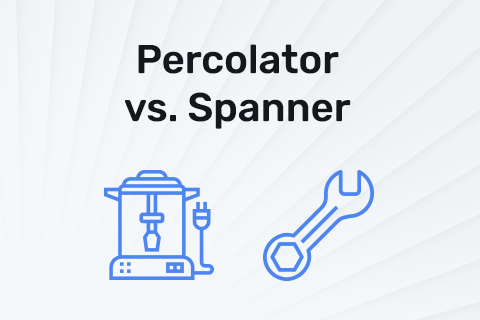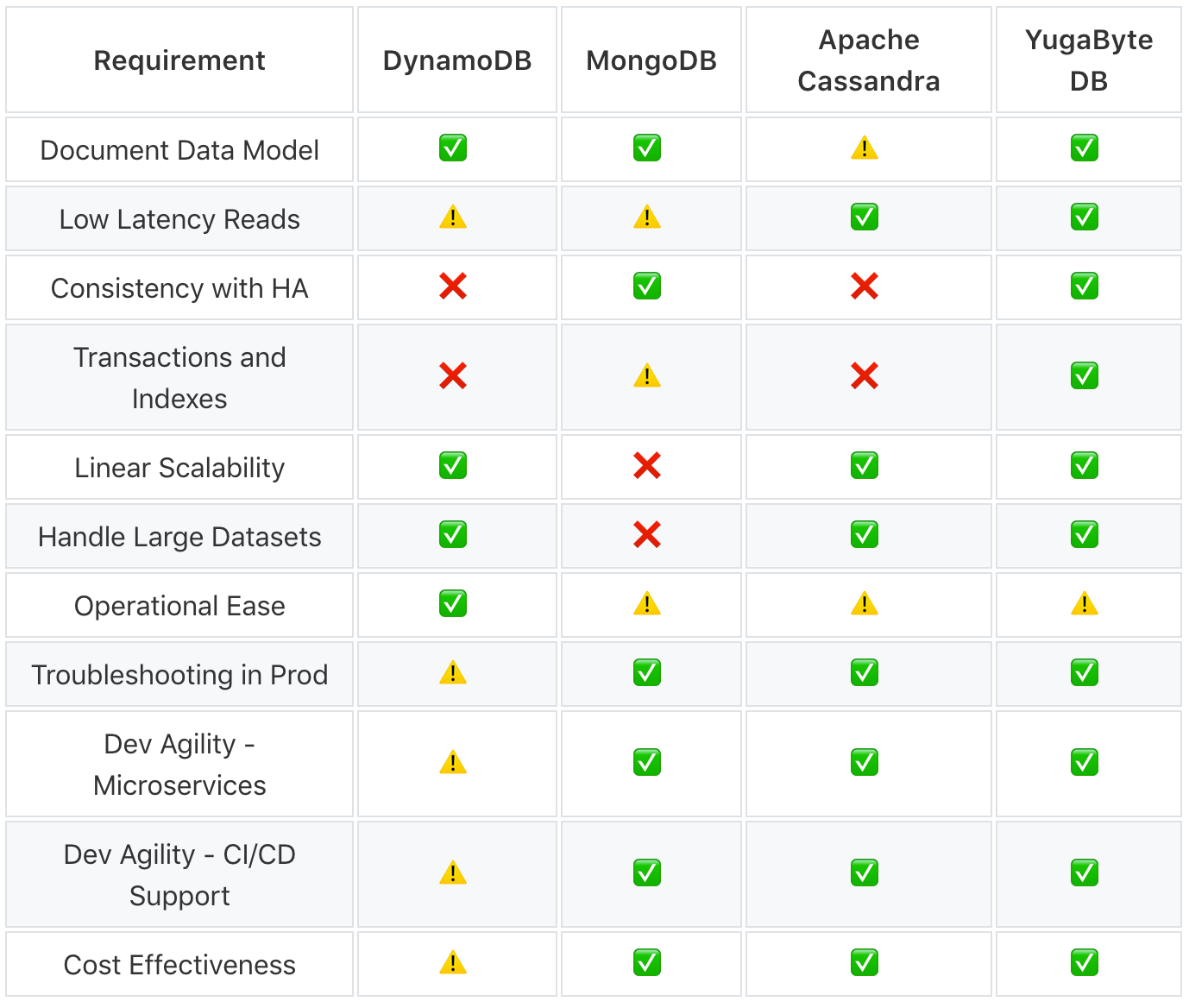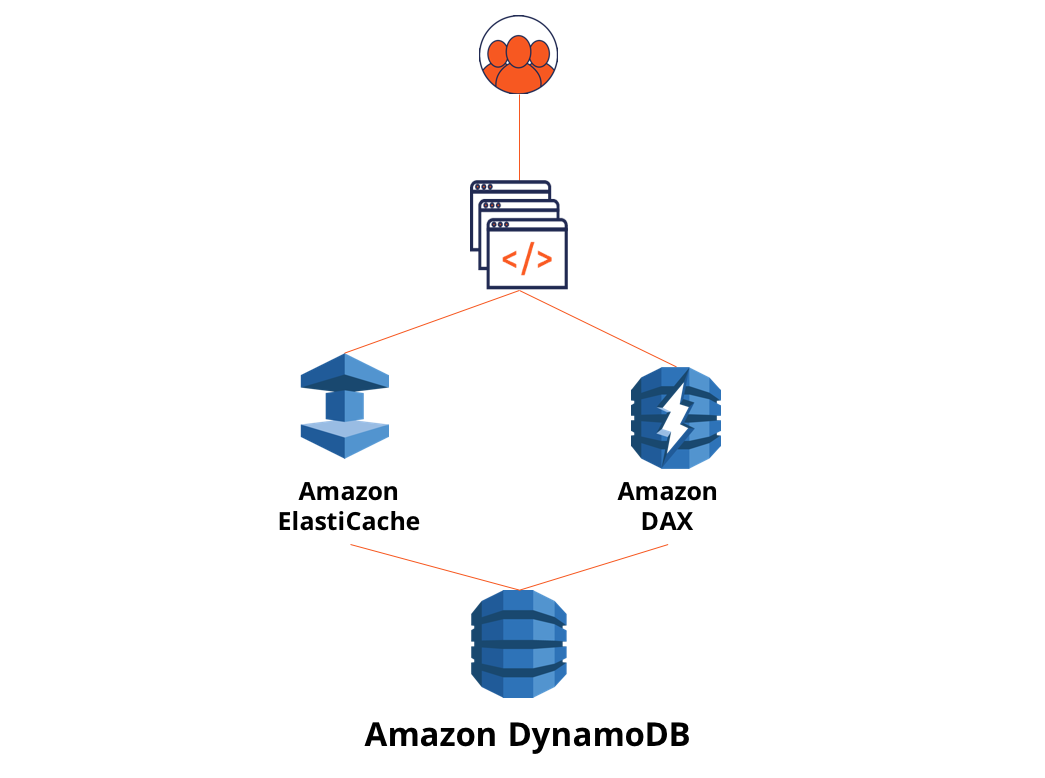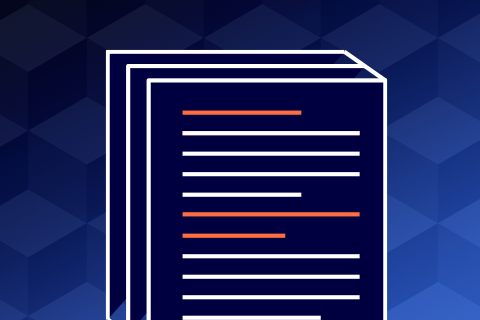YugabyteDB 1.1 New Feature: Document Data Modeling with the JSON Data Type
Welcome to another post in our ongoing series that highlights new features from the latest 1.1 release announced last week. Today we are going to look at document data modeling using the native JSON data type available in YugabyteDB’s Cassandra compatible YCQL API. Note that this data type is specific to YugabyteDB and is not part of the standard Cassandra Query Language (CQL).
With YugabyteDB’s native JSON support,
…
